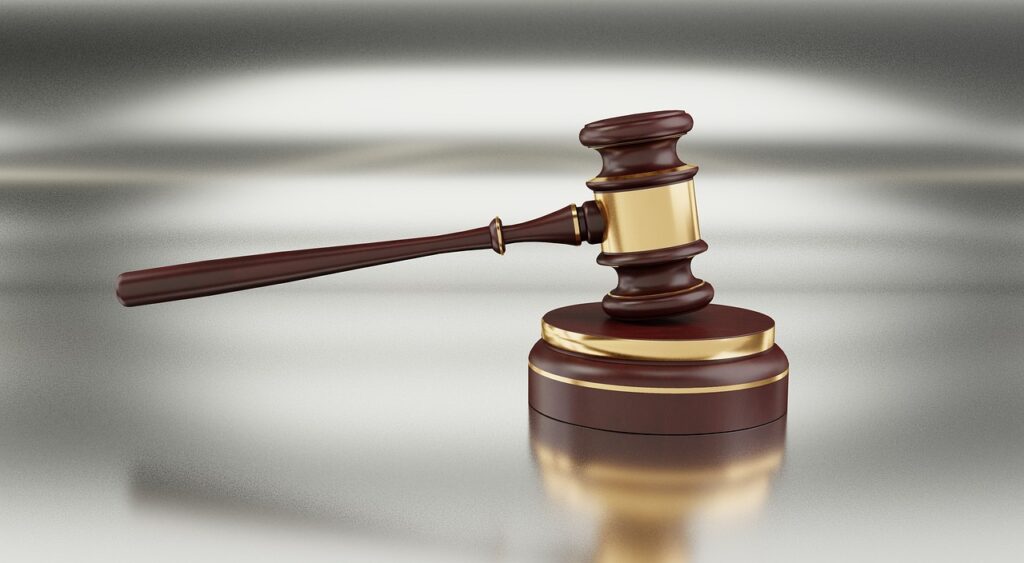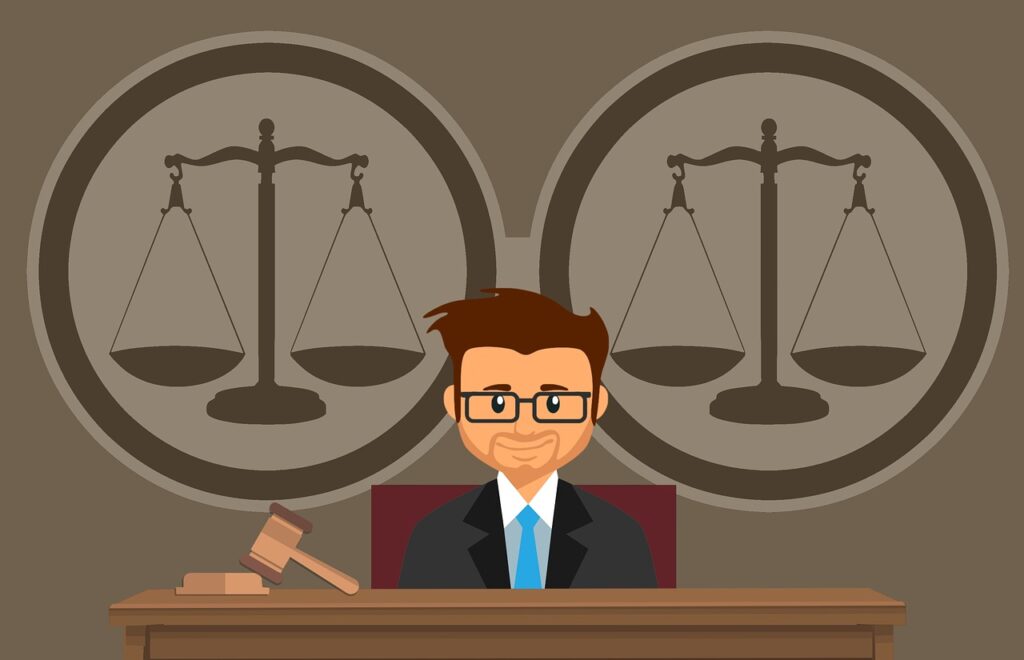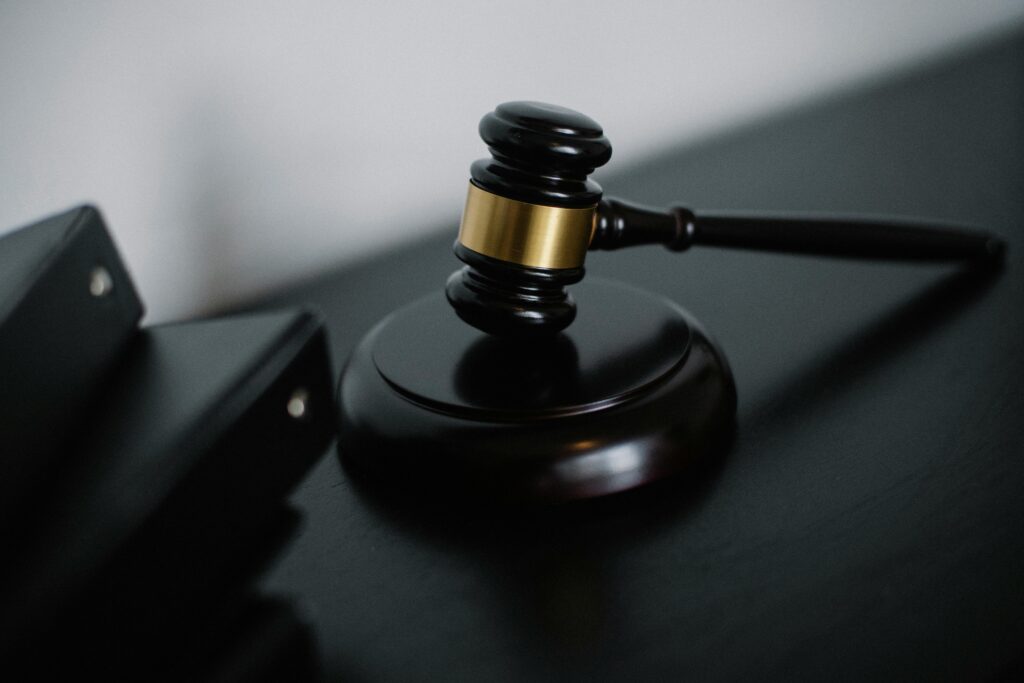Published On: 22nd October, 2024
Authored By: Devanshi Sharma
Himachal Pradesh National Law University, Shimla
ABSTRACT
Historically dominant in Maharashtra, the Maratha community has faced increasing socio-economic challenges in recent decades. To address their perceived backwardness, the community has demanded reservation benefits akin to those provided to Scheduled Castes, Scheduled Tribes, and Other Backward Classes (OBCs). In response, the Maharashtra government enacted the SEBC Act in 2018, granting Marathas a 16% reservation in education, jobs, and other spheres. The intent was to uplift their socio-economic status. However, this decision was met with immediate legal challenges. The core issue was the Supreme Court’s 50% cap on total reservations, established in the Indra Sawhney case. Exceeding this limit would compromise opportunities for the general category. While the Bombay High Court initially upheld the Act, it reduced the quota. Subsequently, the Supreme Court declared the Act unconstitutional, citing the violation of the 50% cap and insufficient evidence to classify Marathas as SEBC. This verdict sparked significant protests and political pressure. Despite subsequent attempts, the state has been unable to circumvent the 50% ceiling legally. The Maratha reservation controversy highlights the complex interplay between affirmative action and meritocracy. While reservation aims to level the playing field for disadvantaged groups, it must be balanced with ensuring opportunities for all. Addressing this challenge requires a comprehensive approach involving data-driven policies, exploration of alternative upliftment measures, and a broader national discourse on reservation policies.
KEYWORDS: Judicial Review, Cooperative Federalism, Egalitarian Philosophy, Literal Interpretation, Subjudice.
FACTS OF THE CASE
The Maratha Community constitutes a recognisable percentage of the Maharashtra population and has long been demanding employment and education reservations. Acknowledging their demands, the government provided a 16% quota in the educational sector and state jobs. Jaishri Laxman Rao Patil challenged this decision, claiming the reservation was unconstitutional and unjustified. This provision of the reservation is a policy of affirmative action started by the Maharashtrian Government to provide separate reservation quotas for Marathas.
2018, the State Government of Maharashtra enacted the Maharashtra State Reservation for Socially and Educationally Backward Classes (SEBC) Act.[1], which provides 16% reservation to the people of the Maratha community in education, jobs, admissions, and other fields of society. The law termed the Maratha community as a socially and educationally backward class. However, this reservation policy violated the 50% ceiling limit mentioned as per the rule of the Indra Sawhney case.[2]. The policy was challenged in the High Court of Bombay. The High Court of Bombay upheld the constitutional validity of the policy. The High Court reduced the reservation from 16% to 12% – 13% in employment. The High Court’s verdict was challenged in the Supreme Court, which gave a landmark verdict in 2021 by terming the policy as unconstitutional.
ISSUES RAISED
The following are the issues raised in this case-
- Does the SEBC Act of 2018, as amended in 2019, which provides for 12% and 13% reservation for the Maratha community in addition to the existing 50% reservation for other social categories, demonstrate the exceptional circumstances required by the Constitution Bench in the Indra Sawhney case?
- Based on the Maharashtra State Backward Commission Report chaired by M.C. Gaikwad, did the government adequately establish the presence of extraordinary situations and exceptional circumstances within the State to justify an exception to the 50% reservation limit as outlined in the Indra Sawhney judgment?
- Does the 102nd Amendment to the Constitution restrict the State Legislature’s power to enact laws that define and determine socially and economically backward classes?
- Does the State’s authority to administer policies for “any backward class” under Articles 15(4) and 16(4) of the Indian Constitution remain valid when interpreted in conjunction with Article 342(A)?
ARGUMENTS OF PETITIONER
The counsel representing the petitioner, including Aravind Datar, Gopal Sankar Narayan, Shyam Divan, Pradeep Sancheti, Siddharth Bhatnagar, Rajeev Dhawan, and other advocates, presented the following arguments:
- Dr Patil contends that the Maratha Reservation Act infringes upon fundamental constitutional principles by surpassing the 50% reservation cap, thereby breaching the principle of equality enshrined in the Constitution of India.
- The petitioner argues that there is a lack of specific evidence demonstrating that the Maratha community is socially and educationally backwards, as they perform better in literacy, income levels, and other social indicators.
- It is also asserted that existing reservation policies are intended to uplift underprivileged communities, but in this instance, the benefits are not effectively reaching the intended beneficiaries. There is concern about the potential misdirection and misuse of these benefits.
- The reservation policy is claimed to contradict the Right to Equality under Article 14 by creating discrimination against other communities.
- It is argued that reservations should be allocated based on economic needs rather than determined by specific cases or communities.
ARGUMENTS OF RESPONDENT
The counsel for the respondent, including Attorney General K.K. Venugopal, Solicitor General Tushar Mehta, Mukul Rohatgi, and others, presented the following arguments:
- The State Government contends that the Maratha community has experienced historical injustice and has been socially and economically marginalised, justifying the need for reservation to address these issues.
- It was argued that there has been a notable decline in employment rates within the Maratha community, and implementing reservations would help provide them with equal job opportunities.
- The reservation policy promotes better representation of the Maratha community in state assemblies and other institutions, fostering a more equitable and inclusive society.
- The respondents maintain that this reservation aims to address and rectify societal social imbalances, working towards their elimination systematically.
RATIO DECIDENDI
The Supreme Court established the 50% cap on reservations in the landmark 1992 case of Indra Sawhney v. Union of India. The Maratha Reservation Act 2018 exceeds this cap, raising questions about its constitutionality. During the case proceedings, the court criticised the government for failing to present quantitative data justifying the need for Maratha reservations and highlighted potential political motivations behind the policy. Justice Bhushan, who led the Constitutional bench, noted that the 50% reservation limit under Article 16(4) was not satisfied by the 12% and 13% reservations granted to Marathas in education and employment.
Dr Patil argued from the outset that the reservation based solely on caste is unjustified, advocating instead for reservations based on economic status. She pointed out that communities already well-represented in government jobs and higher education are benefiting from reservations while economically weaker sections are being neglected.
This case contrasts with the Indra Sawhney decision, which redefined the scope of Article 16(1) and Article 16(4) of the Constitution. While reservation policies aim to uplift oppressed communities, they must remain within limits to prevent undermining the development opportunities for non-beneficiary groups. In 2019, the Bombay High Court suggested reducing the Maharashtra Government’s reservation quota from 16% to 12-13% in educational and professional sectors.
The Constitutional bench disapproved of the interpretation of Article 342(A), which pertains to Scheduled Tribes and Scheduled Castes. The Maratha community does not fall into these categories, as they have achieved significant representation and economic stability. Their literacy rate has improved by over 40% in the past two decades, and they do not meet the criteria for backward class status to qualify for reservations.
The bench also rejected granting an additional 16% reservation to the Maratha community, stating that no exceptional circumstances justify an increase beyond the 50% cap established in Indra Sawhney. Despite calls from various states for a 9-judge constitutional bench to address the constitutional status of the 102nd Constitutional Amendment Act of 2018, the Supreme Court affirmed that there was no need for a definitive pronouncement. The court concluded that the Maharashtra Government failed to demonstrate the extraordinary circumstances required to justify the reservation benefits. Thus, the demand for a 16% reservation cap in public services was not upheld.
DEFECTS OF LAW
First, everyone has to understand that the main motive behind a reservation policy or any beneficiary program introduced by the government is to uplift the downtrodden communities from the low level. In the olden days, even before the statute laws, many communities of our society were heavily affected by class discrimination. They were denied their rightful positions, which are earned by their merit due to their caste or class to which they belong. After many years of independence, many laws were introduced for the welfare of backward classes. However, some members heavily misused and illegally availed these on the creamy layer for selfish use. The law should provide additional aid to the backward classes to make a mark for themselves. Still, this help, which includes various reservation policies and benefit programs, should not limit other community members’ opportunities. This is because if one person belongs to a train-backward community, they should not be provided with ample opportunity or any entitlement solely based on the reservation. If that person is talentless or has any misdeeds, it turns out to be troublesome in some way or another. Dr Patil points out that there is no scientific evidence to prove that the Marathas are socially and educationally backwards. They rank higher regarding literacy, per capita income, and other social indicators. Dr Patil also argues that the benefits do not reach the actual beneficiaries and are enjoyed by the creamy layer. This is mainly due to the over-denotation of the backward classes to spread out the reservation or any beneficiary policy.
INFERENCE
After thoroughly reviewing the evidence, facts, and legal arguments, the Supreme Court concluded that the reservation for the Maratha community was unconstitutional and violated Article 14 of the Constitution of India. The Court determined that the reservation exceeded the 50% ceiling limit established by the Supreme Court in Indra Sawhney v. Union of India. The judgment was delivered by a bench consisting of Justices Ashok Bhushan, S. Abdul Nazeer, L.N. Rao, S. Ravindra Bhat, and Hemant Gupta. In his decision, Justice Ashok Bhushan remarked, “Society changes, law changes, and individuals change, yet that doesn’t mean that something proven and useful in maintaining balance within society should be altered simply for the sake of change.”
The Maharashtra Government is advised to reconsider its reservation demands and allow other states to identify backward communities for reservation status, ensuring transparency in the legislative process. The government should focus on eliminating affluent groups from the reservation policy, shifting from community-based reservations to those based on economic conditions.
The Supreme Court’s judgment could have been more beneficial in this case. For instance, the majority opinion relied heavily on a literal interpretation, overlooking the legislative intent behind the amendment. To address this, the legislature may need to pass the 105th Constitutional Amendment to restore the States’ power to identify Socially and Educationally Backward Classes (SEBCs). However, Justice Ashok Bhushan’s judgment emphasised a purposeful interpretation, balancing the literal meaning and the legislative intent. The Court’s reaffirmation of the 50% reservation limit preserves the tool of reservation for social justice but also integrates it into the basic structure of the Constitution.
References
[1] Socially and Economically Backward Class Act, 2018.
[2] Indra Sawhney and Ors. V. Union of India AIR1993SC477.




